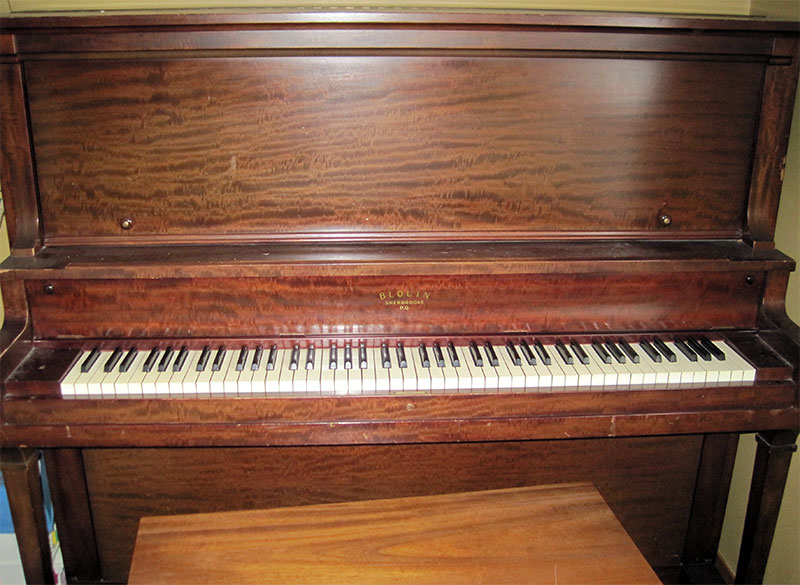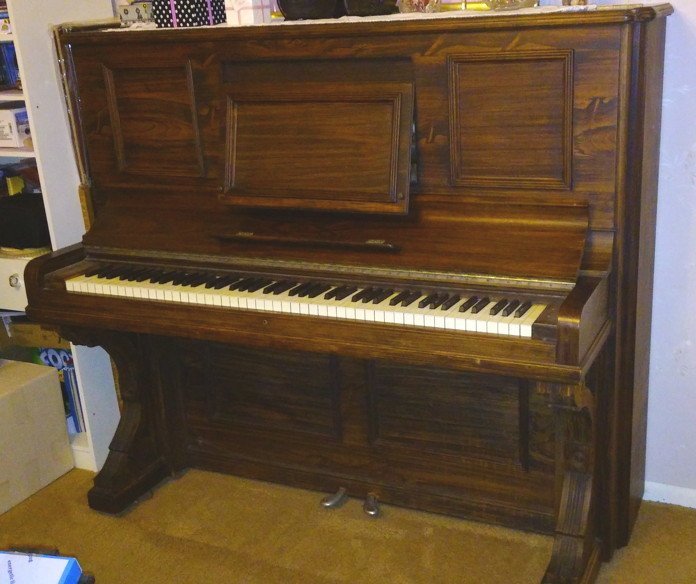

Although often a beautiful piece of furniture, the square's oblong, rectangular shape was a manufacturing and design nightmare due to its limited ability to withstand the tension of the strings. In the mid-19th century, the square piano, also known as the square grand, constituted the largest share of the American piano market. With the rise of a middle class during the Industrial Revolution, the opportunity to learn to play the piano, and to appreciate and own the finer things in life, became available to large numbers of people for the first time. In the process, the piano became a status symbol for the upper classes. The original harpsichord shape of the piano gradually evolved into today's grand piano shape in order to meet the acoustical needs of concert halls and the musical demands of professionals and dedicated amateur players. This article is an overview of those styles, and their historical context, as they pertain to upright pianos.

The cabinet styles were closely related to the social and economic climates of that period - to changes in values in an emerging consumer culture, and to economic cycles that affected the quantity, styles, and quality of the pianos made during that time. From about 1880 to 1930, when piano manufacturing was one of the nation's most important industries, pianos were produced in a staggering array of cabinet styles, many of them highly intricate, embellished, and decorated, others dull and pedestrian.


 0 kommentar(er)
0 kommentar(er)
